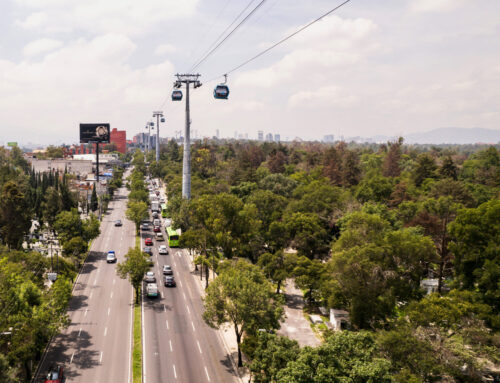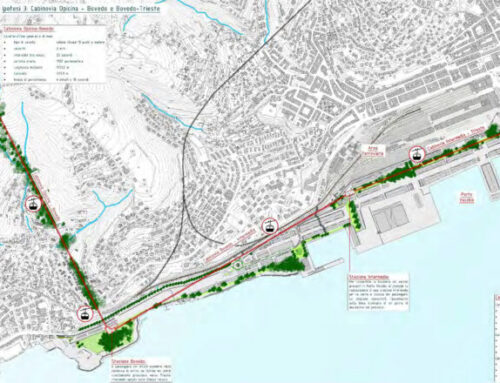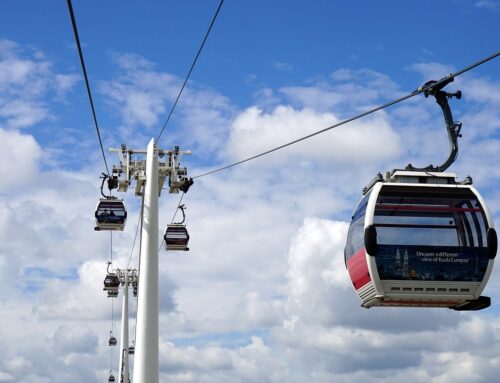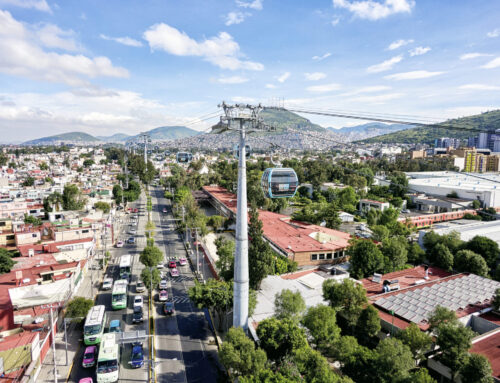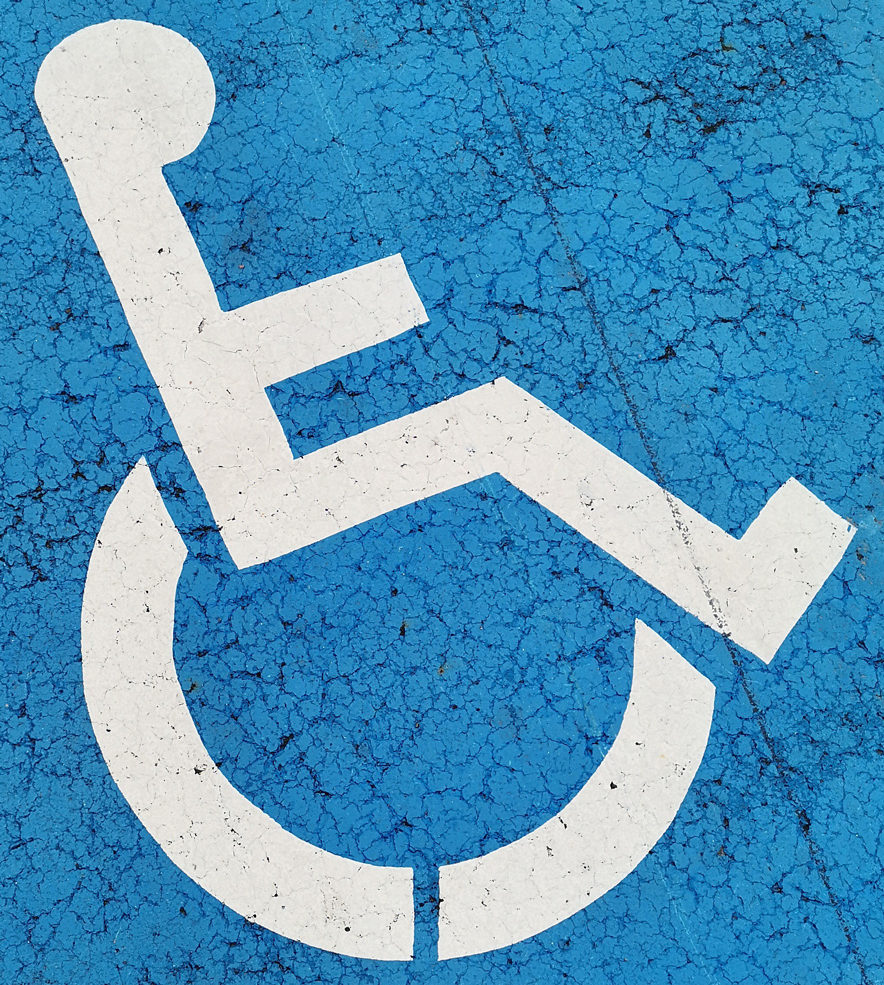
SI-Urban
Mobility for all!
The cabins and the entrances and exits of ropeways are barrier-free ex works. This means that bulky items such as wheelchairs, baby carriages, bicycles and the like can be carried in the cabins without any problems. This can even be ensured in small gondolas, as the doors of the cabins are wide and benches can be folded up.
Since the individual cabins within the station are only transported at a low speed, even physically impaired persons can get on and off without major problems and without the help of the staff. If necessary, the cabins can even be stopped completely and access can take place in a standing position.
“Since ropeways operate on the third level, many find it difficult to believe that barrier-free operation is possible. That’s why it’s important for me to say that there are many different ropeway systems. But all of them can be designed to be barrier-free,” explains Gerald Pichlmair, initiator of the Cable Car World trade event.
The fact is that not only the cabins but also the station buildings are planned to be obstacle-free, as is already known from other transport systems. Ramps, elevators or conveyor belts can help make such a system accessible to wheelchair users.
More than wheelchair accessibility
More and more people are becoming sensitized to the issue of disability, which is why today the fulfillment of accessibility is more than just a heartfelt project of a few.
The success or failure of a mobility project can be measured by the issue of accessibility. The problem is that many people often only think of wheelchair users when they think of accessible transportation. Someone with a visual impairment would not be limited by steps, but without audible signals, the transportation system still cannot be used without outside assistance. “Ropeways have long had a wide variety of protective and support functions that are part of a modern mobility system. This makes the ropeway truly a transport system for everyone,” says Dominik Berndt, initiator of the Cable Car World trade event.
a
Anyone who wants to learn more about the accessibility of ropeway systems can do so at Cable Car World. On the “red theme island”, the ropeway manufacturers BARTHOLET, DOPPELMAYR and LEITNER will jointly provide information on barrier-free use of urban ropeways. The congress with integrated trade fair will take place on June 21 and 22, 2022 at Messe Essen.
More information on the schedule and program of Cable Car World can be found at cablecarworld.com.





